One of the most talked about aspects of trumpet equipment over the last few years has been the annulus, or gap, and rightly so because it can have a huge impact on how your trumpet and mouthpiece play.
Unfortunately, there is a lot of confusion and plain old misinformation that gets passed around making a relatively simple adjustment much more complex than necessary.
Don’t worry, we are here to help by dispelling some of the popular myths about the trumpet gap.
1. “I measured my trumpet gap and it is .1845 inches (4.686mm), that must be too big.”
False! Due to a combination of all the factors involved — you, the mouthpiece, and the instrument — it is very possible that a gap that large, or even larger, may be optimal. Yes, it is possible that size of gap is too large, but you won’t know by just looking at the measurement by itself.
2. “I must use a #5 sleeve on all of my horns.”
False! While this may coincidentally true for some, there is no sleeve that magically works on every trumpet. There are many reasons for this: receivers are not standardized among trumpet manufacturers, factory tolerances for setting trumpet receivers are larger than the minimum amount that most players can perceive, and no two trumpets are built exactly alike thus having different playing characteristics.
3. “Adjusting the gap is a relatively new concept.”
False! The effects of adjusting the gap go back over 40 years. Carroll Purviance found that a smaller shank size would help trumpet players playing on certain instruments. Bob Reeves revolutionized gap adjustment when he patented his adjustable mouthpiece sleeve system and designed the first adjustable gap receiver in 1971. Renold Schilke studied the gap and theorized than zero gap was best in his article from 1977. A comprehensive Master’s Thesis was done in 1980 by Dennis Fleisher while at Eastman School of Music.
4. “I am not advanced enough to notice any difference in the gap.”
False! We’ve found over the last 45 years of working with players daily that experience and skill does not correllate with the ability to perceive changes in the gap. Great players sometimes cannot feel huge adjustments in the gap, while young players can greatly benefit from small adjustments. The questions is: how much do you perceive changes in the gap?
The answer is easy — experiment!
5. “Little to no gap is best.”
False! While a small minority of players play with little or no gap (and that may be you!), a vast majority of players prefer some gap and a significant percentage of players prefer a relatively large gap compared to what most standard setups create.
6. “I can figure out the gap by taking a few measurements and plugging it into a formula.”
False! No formula can properly take into account every variable that affects what the optimal gap should be, including the response of the instrument and the lip penetration into the mouthpiece of the player. At best, a formula can generalize what gap works best for you, but at worst it can send you in the wrong direction. Why? Because you can’t measure what you feel, and more importantly,
you can’t measure what you like to feel when you play.
7. “It’s better to adjust the gap by moving the trumpet receiver than altering the mouthpiece.”
Usually false! The biggest drawback to adjusting your receiver is that it is more costly and risky to make a change to the trumpet as opposed to the mouthpiece. Also, even the best repair shops cannot set the receiver to the precision that we can make sleeves (adjusting the gap to within .001″). Receiver adjustments are best when you use only one mouthpiece on that particular instrument. If you use multiple mouthpieces (like a commercial mouthpiece and a classical mouthpiece), then it is best to leave the receiver alone and dial in the gap by adjusting the mouthpiece shanks.
8. “A mouthpiece cut for Reeves Sleeves loses energy or vibrations.”
False! When we cut a mouthpiece for sleeves, there is less than .001″ separation between the mouthpiece and the sleeve. Bob Reeves did extensive studies on this and concluded that, when machined properly, there is no acoustical detriment when converting a mouthpiece for sleeves.
9. “Receiver inserts adjust the gap the same way sleeves or resetting the receiver does.”
False! Receiver inserts are a crude way to adjust the gap, as they usually make adjustments several times the amount that a player can perceive. More critical, however, is that they also drastically alter the trumpet leadpipe by changing the air column design (the leadpipe is both lengthened and the shape changed by the addition of a cylindrical section).
10. “A Bach Strad (or insert any other model trumpet) always plays best with an 1/8″ gap.”
False! This thinking fails to consider the effects of the mouthpiece and the player (the most important factor!). It also assumes that all trumpets are built and play the same. Line of 10 of any specific make and model of trumpet and you’d be hard pressed to find any two that play alike.
11. “My trumpet teacher plays a #5.5 sleeve, so should I.”
False! While you probably should do what your trumpet teacher tells you during your studies, realize that this statement is just as absurd as saying, “My teacher wears a size 10.5 shoe, so should I.” Even if you follow your teacher’s routine, style, and sound concepts, you are still two different individuals with different physical builds, preferences, and equipment.
12. “I use a #5.5 sleeve, so should my student.”
False! Helping your student to think logically about their equipment and dial it in is a great asset for your student, however, forcing your student to play on exactly what you play does not do your student any favors. The best thing to do is spend 5 minutes in your lesson and experiment with with the
Reeves Paper Trick. Your student may end up on the same sleeve as you, but if that’s true it will be for the right reason.

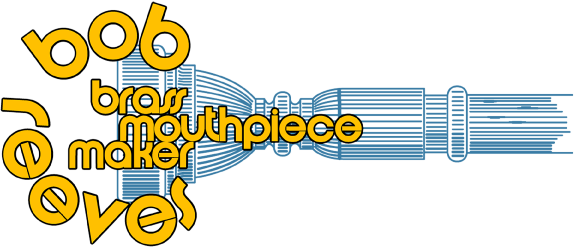



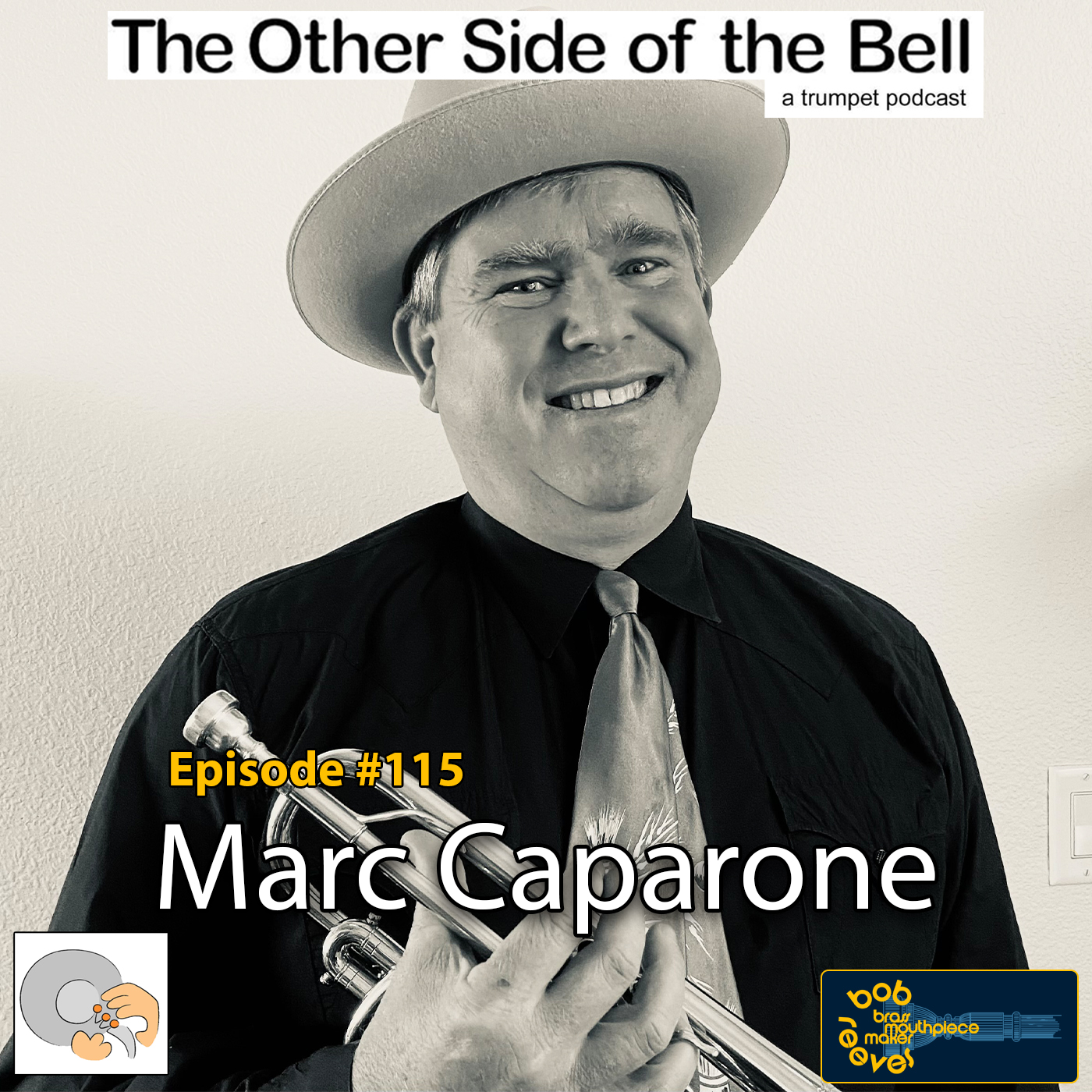


 David Krauss is the prodigious host of Speaking Soundly, Co-Founder of ANM, and Principal Trumpet of the Metropolitan Opera Orchestra. As a soloist, he has performed with the All-Star Orchestra on their Emmy Award-winning PBS broadcast and was praised by the American Record Guide for his “singing tone, which is luxurious and inviting.” He has performed as guest Principal Trumpet with the Chicago Symphony Orchestra, Boston Symphony Orchestra, and New York Philharmonic, as well as recorded for film and television, and played on several Broadway shows. David is a highly sought-after instructor at the Juilliard School, Manhattan School of Music, Mannes School of Music, Aspen Music Festival and School, and other top conservatories and music festivals throughout the United States.
David Krauss is the prodigious host of Speaking Soundly, Co-Founder of ANM, and Principal Trumpet of the Metropolitan Opera Orchestra. As a soloist, he has performed with the All-Star Orchestra on their Emmy Award-winning PBS broadcast and was praised by the American Record Guide for his “singing tone, which is luxurious and inviting.” He has performed as guest Principal Trumpet with the Chicago Symphony Orchestra, Boston Symphony Orchestra, and New York Philharmonic, as well as recorded for film and television, and played on several Broadway shows. David is a highly sought-after instructor at the Juilliard School, Manhattan School of Music, Mannes School of Music, Aspen Music Festival and School, and other top conservatories and music festivals throughout the United States.
 Lasse Lindgren works as a jazz musician, trumpet player, composer, rehearsal leader, bandleader and lecturer. Ever since Louis Armstrong’s unique trumpet voice captured my ear at the age of five, I have tried in different ways to express myself with my own individual voice on the trumpet, an instrument I was given at the age of eight.
Lasse Lindgren works as a jazz musician, trumpet player, composer, rehearsal leader, bandleader and lecturer. Ever since Louis Armstrong’s unique trumpet voice captured my ear at the age of five, I have tried in different ways to express myself with my own individual voice on the trumpet, an instrument I was given at the age of eight.
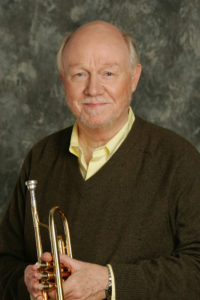 A native of Dallas, Texas, Philharmonic trumpeter Boyde Hood received his BM degree in trumpet performance from the Eastman School of Music and master of music degree in theory and composition from Ball State University. He is a member of the Los Angeles Philharmonic and performs regularly with the Philharmonic’s New Music Group and the Philharmonic Brass Trio. Mr. Hood has played principal trumpet with the Los Angeles Chamber Orchestra, Royal Ballet and American Ballet Theater and has recorded extensively for major motion picture and television studios. He has been a member of the Dallas and Milwaukee Symphonies, assistant principal of the Rochester Philharmonic, and first trumpet with the Marlboro Festival Orchestra.
A native of Dallas, Texas, Philharmonic trumpeter Boyde Hood received his BM degree in trumpet performance from the Eastman School of Music and master of music degree in theory and composition from Ball State University. He is a member of the Los Angeles Philharmonic and performs regularly with the Philharmonic’s New Music Group and the Philharmonic Brass Trio. Mr. Hood has played principal trumpet with the Los Angeles Chamber Orchestra, Royal Ballet and American Ballet Theater and has recorded extensively for major motion picture and television studios. He has been a member of the Dallas and Milwaukee Symphonies, assistant principal of the Rochester Philharmonic, and first trumpet with the Marlboro Festival Orchestra.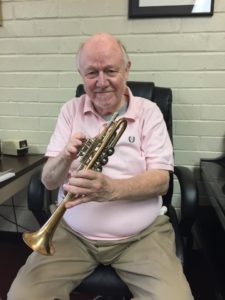 Since his retirement from the LA Philharmonic and USC, Boyde taught at the Eastman School of Music for one Semester, has resumed his compositional activities, and continues to teach privately from his home and on Zoom.
Since his retirement from the LA Philharmonic and USC, Boyde taught at the Eastman School of Music for one Semester, has resumed his compositional activities, and continues to teach privately from his home and on Zoom.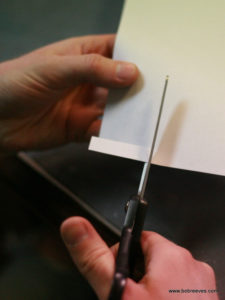
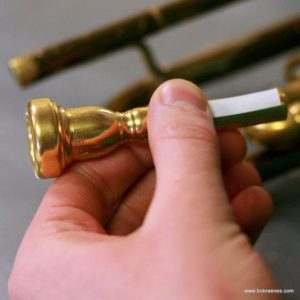
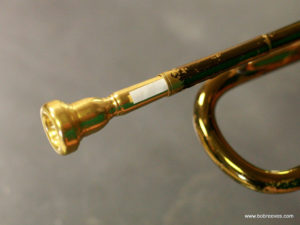
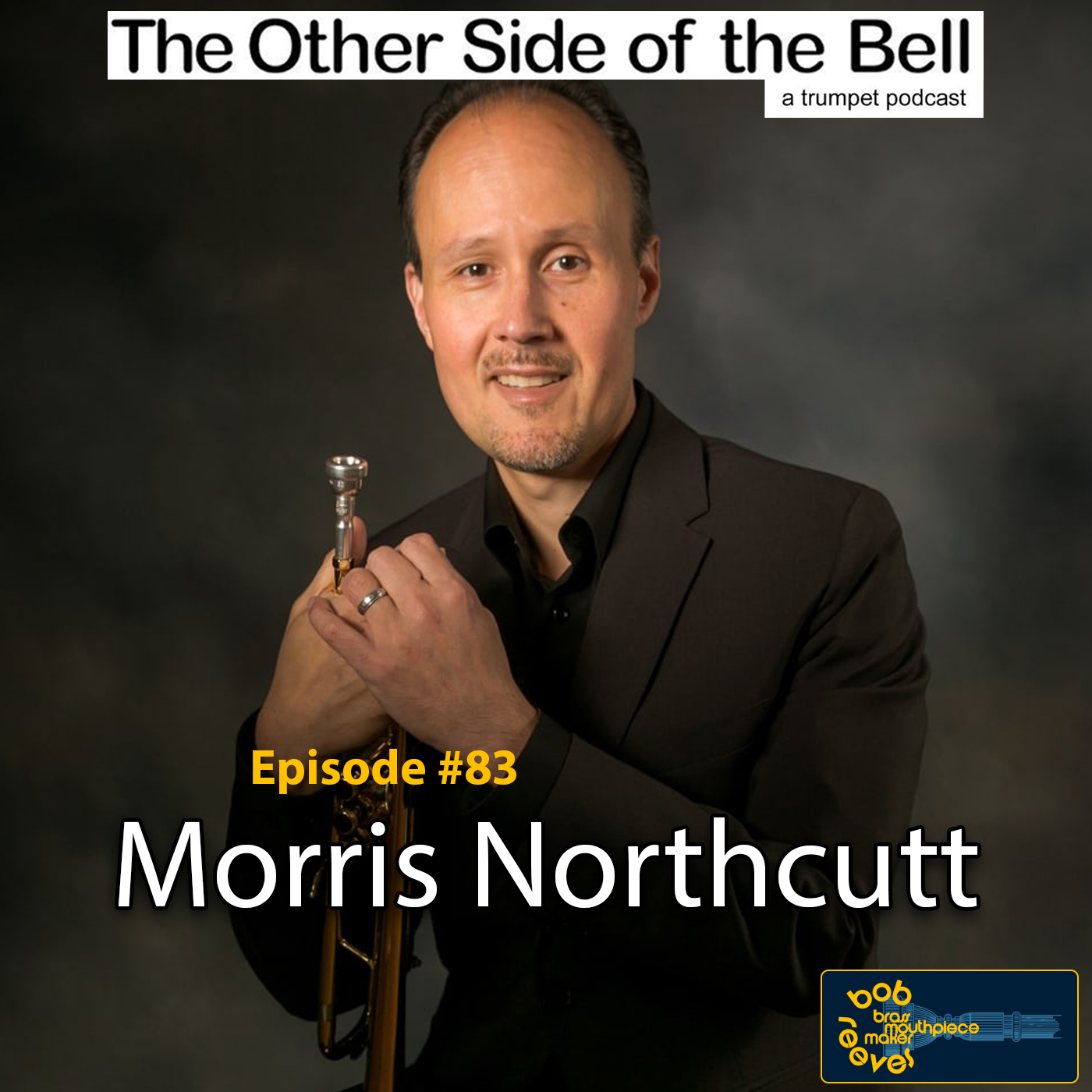
 Morris Northcutt’s playing has been described as artistic, lyrical and expressive with a beautiful, smooth, and rich tone.
Morris Northcutt’s playing has been described as artistic, lyrical and expressive with a beautiful, smooth, and rich tone.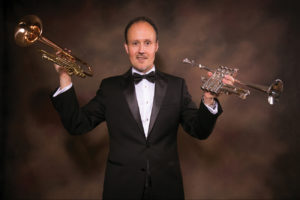 n 2019, Morris completed a solo recital/masterclass tour of Ireland that included an appearance at the Royal Irish Academy of Music. This past January, he appeared at the 2020 Sao Paulo Trumpet Academy in Brazil. Later this year, Morris will debut his first EP, produced and engineered by Latin Grammy Award winner Danilo Alvarez with arrangements by Justo Morao.
n 2019, Morris completed a solo recital/masterclass tour of Ireland that included an appearance at the Royal Irish Academy of Music. This past January, he appeared at the 2020 Sao Paulo Trumpet Academy in Brazil. Later this year, Morris will debut his first EP, produced and engineered by Latin Grammy Award winner Danilo Alvarez with arrangements by Justo Morao.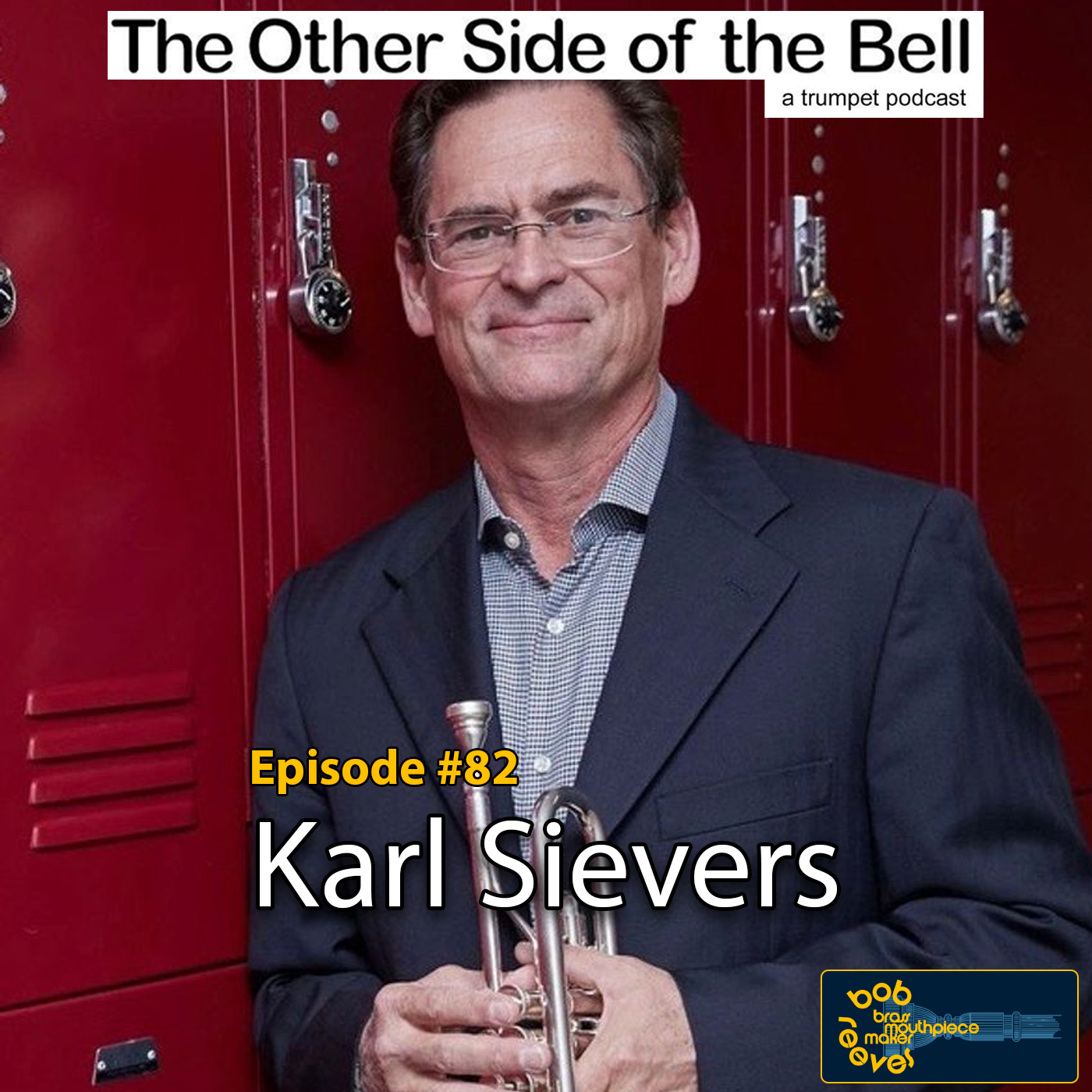
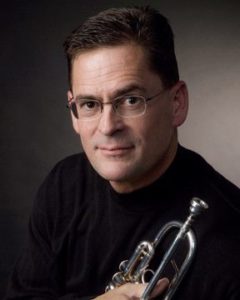 Dr. Karl Sievers enjoys a successful and varied performance career, having performed in countless studio sessions, on live television, in jazz ensembles, chamber music of all kinds, solo recitals, and in symphony orchestras.
Dr. Karl Sievers enjoys a successful and varied performance career, having performed in countless studio sessions, on live television, in jazz ensembles, chamber music of all kinds, solo recitals, and in symphony orchestras.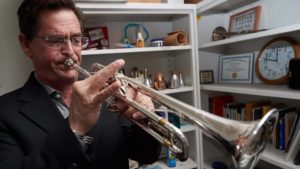 A student of William Adam at Indiana University, Karl has been instrumental in hosting and organizing the International William Adam Trumpet Festival. The 6th Annual festival will be from June 18-20, 2020 and held online on the the Bill Adam Facebook Group, where all the masterclasses will be available to view free of charge.
A student of William Adam at Indiana University, Karl has been instrumental in hosting and organizing the International William Adam Trumpet Festival. The 6th Annual festival will be from June 18-20, 2020 and held online on the the Bill Adam Facebook Group, where all the masterclasses will be available to view free of charge.


